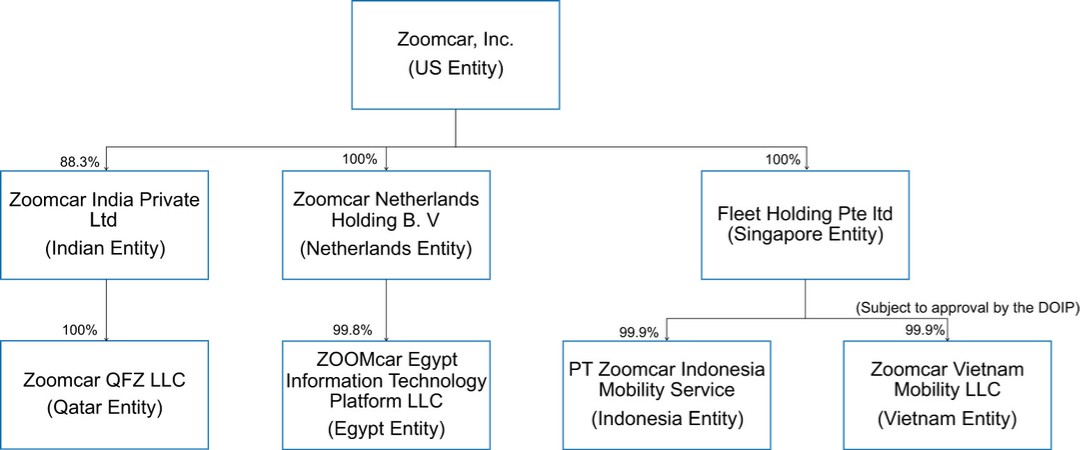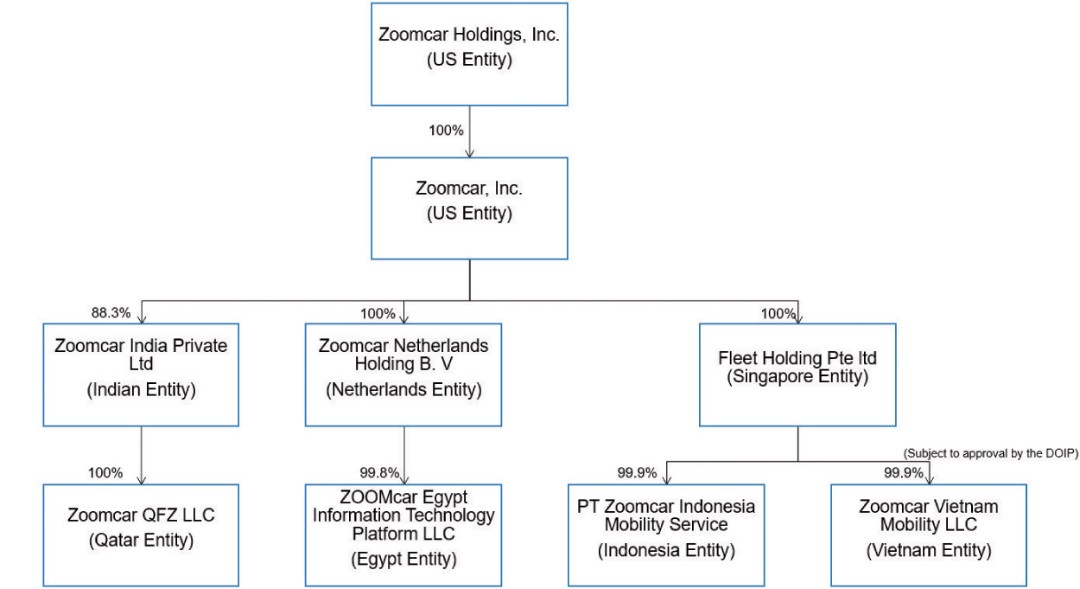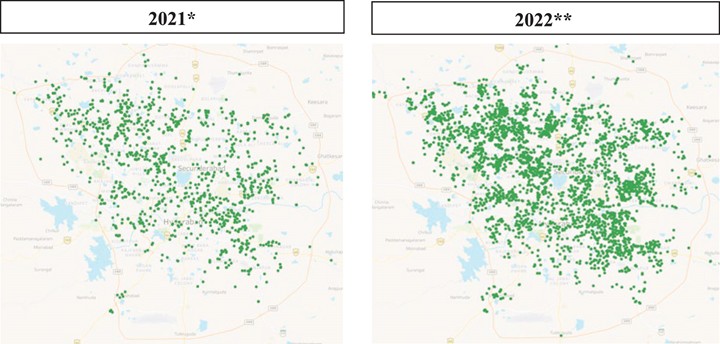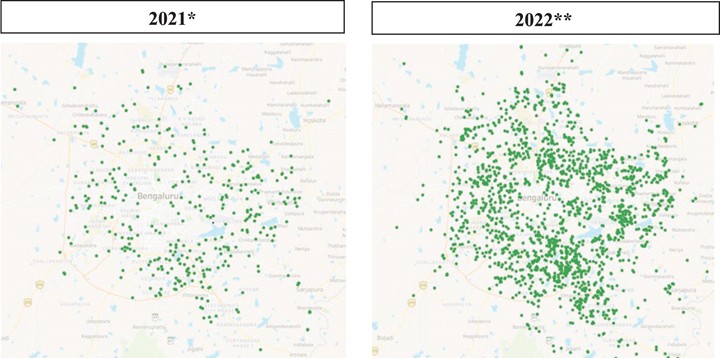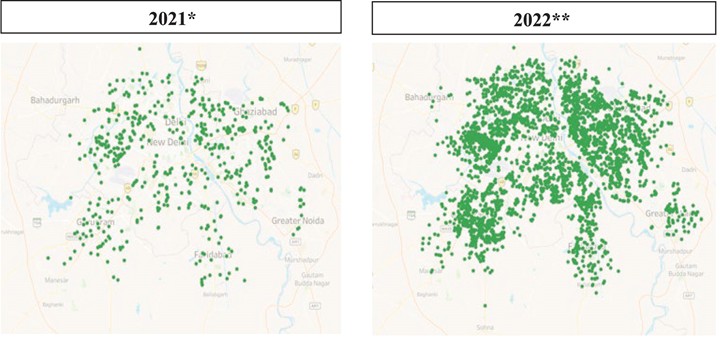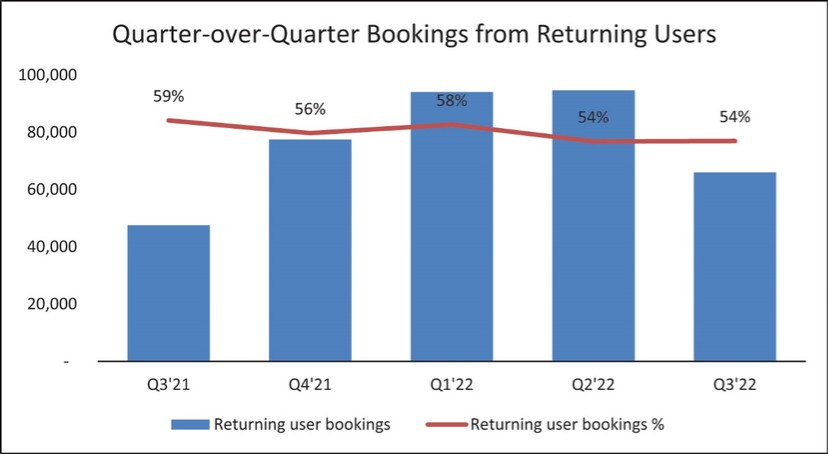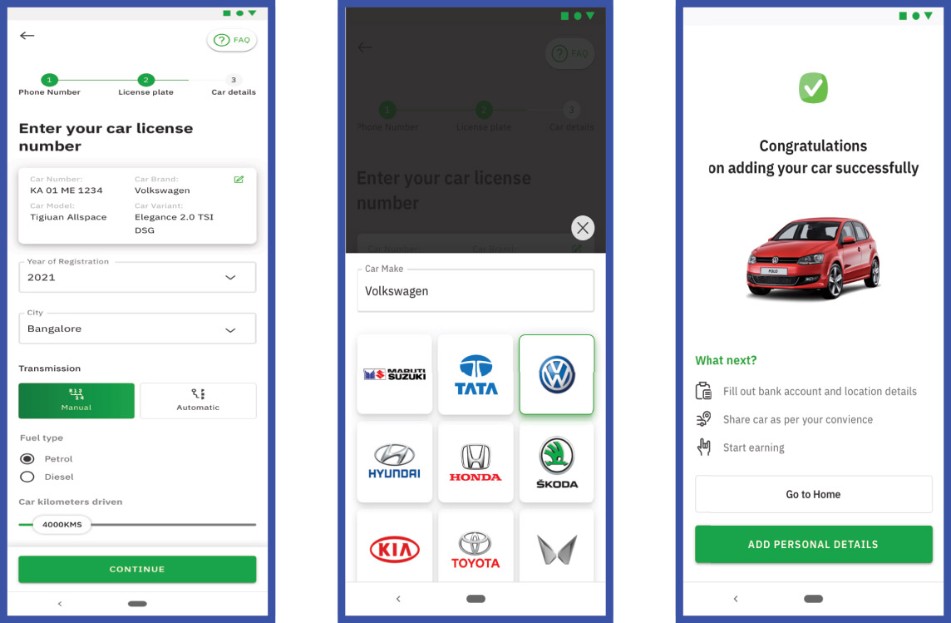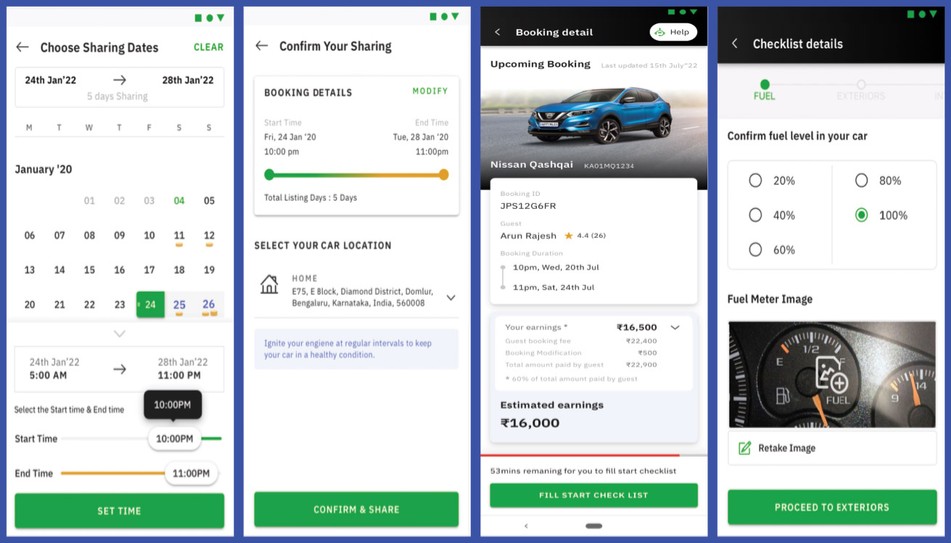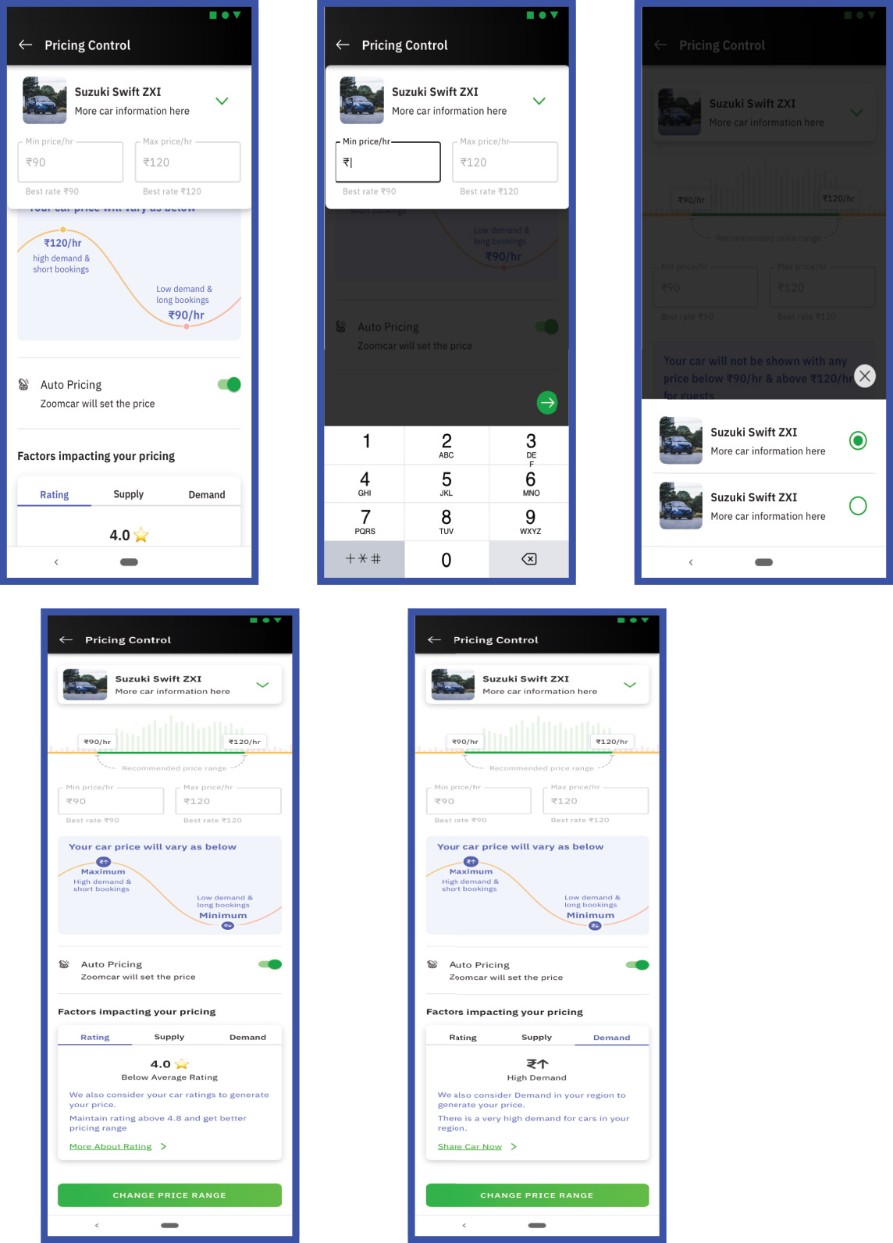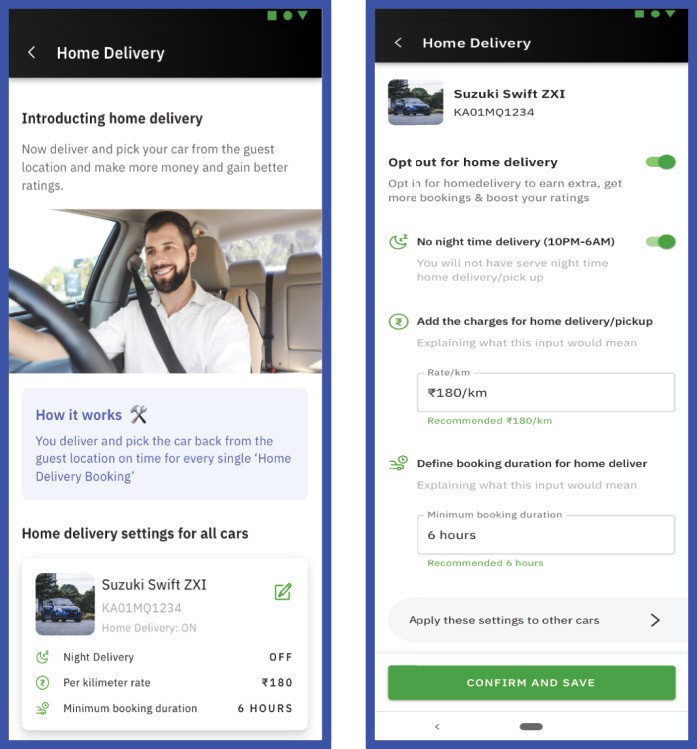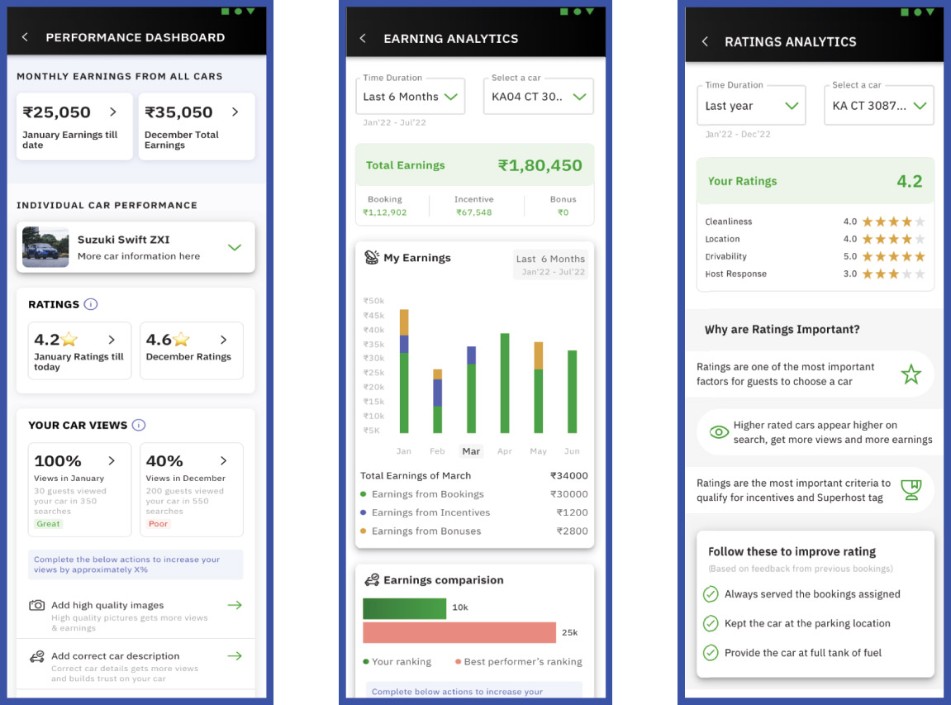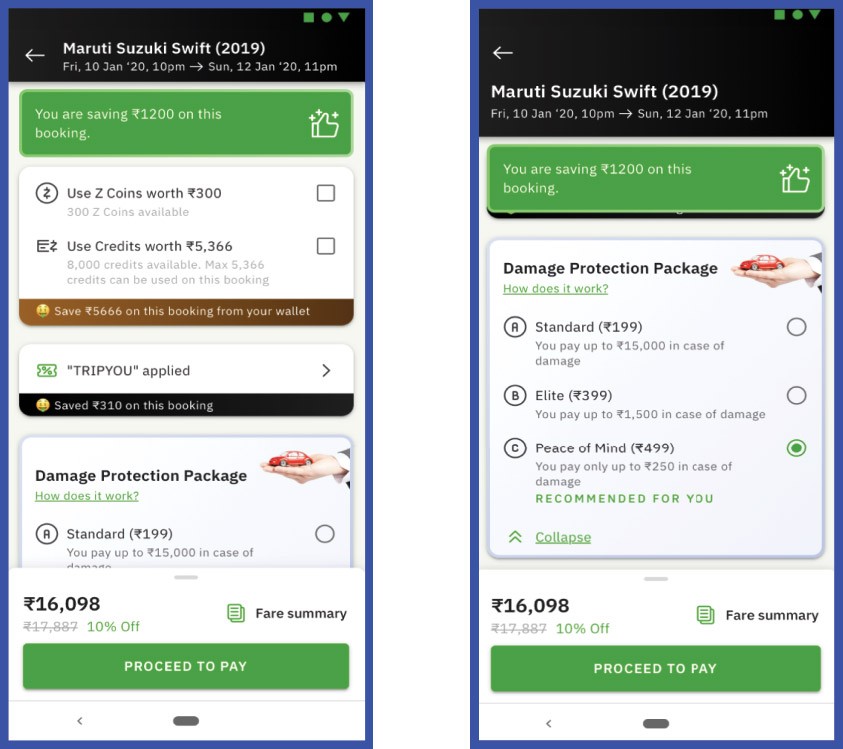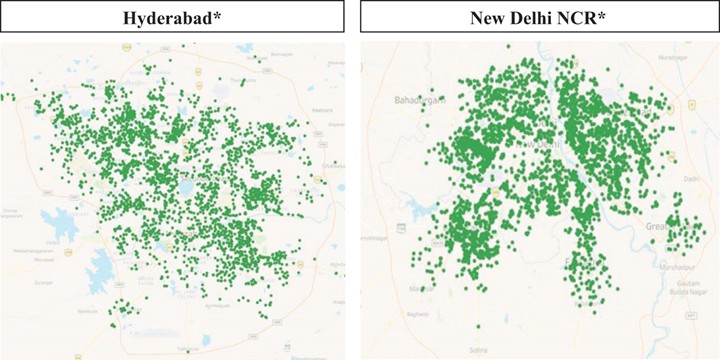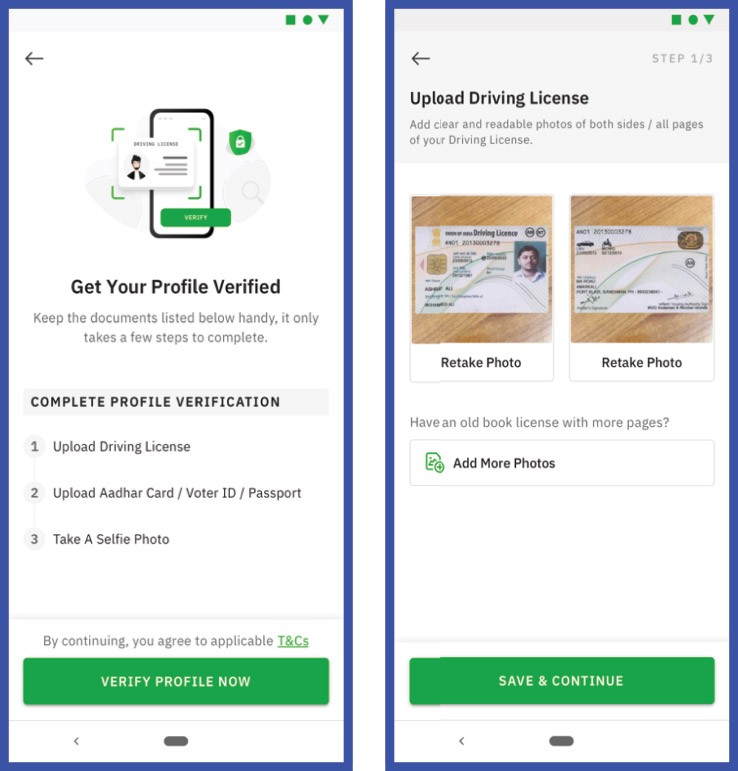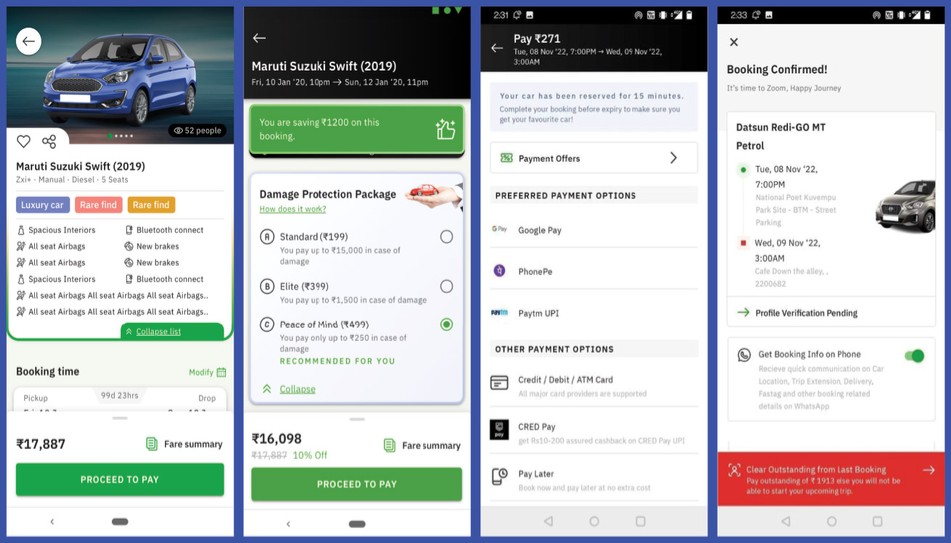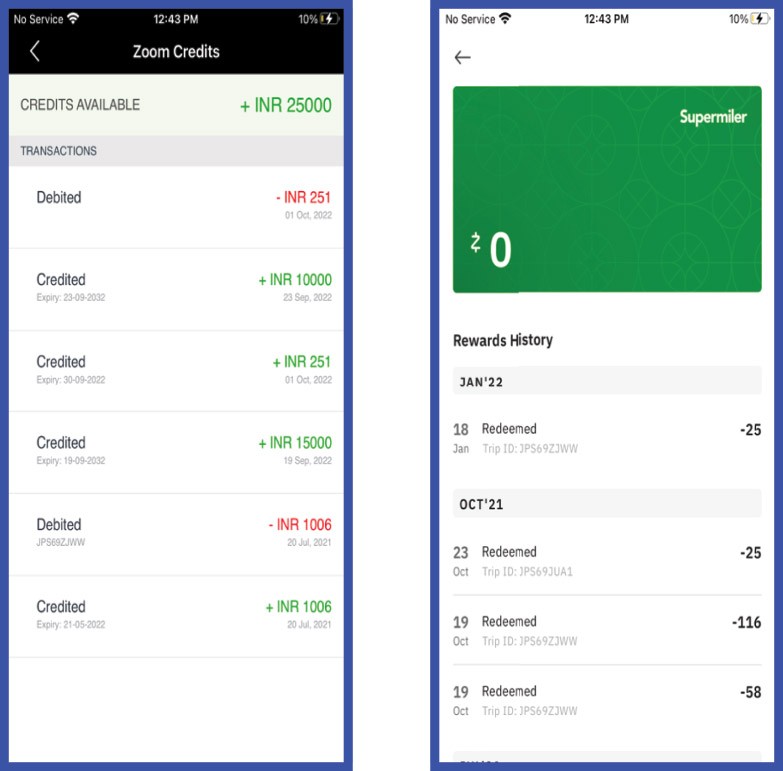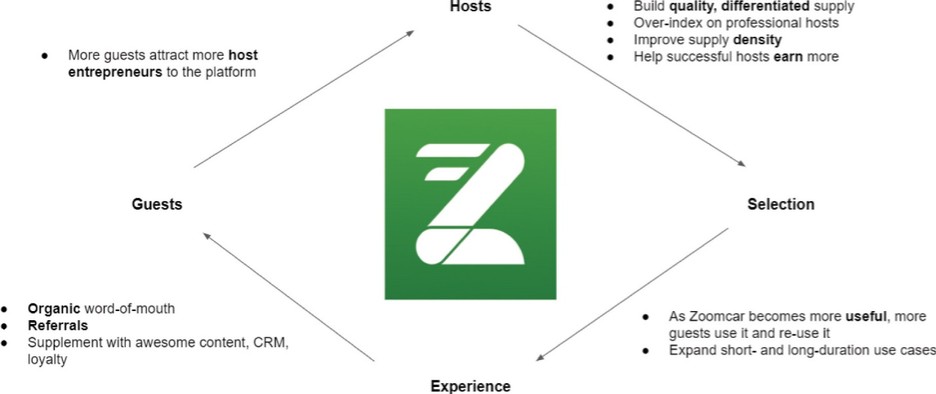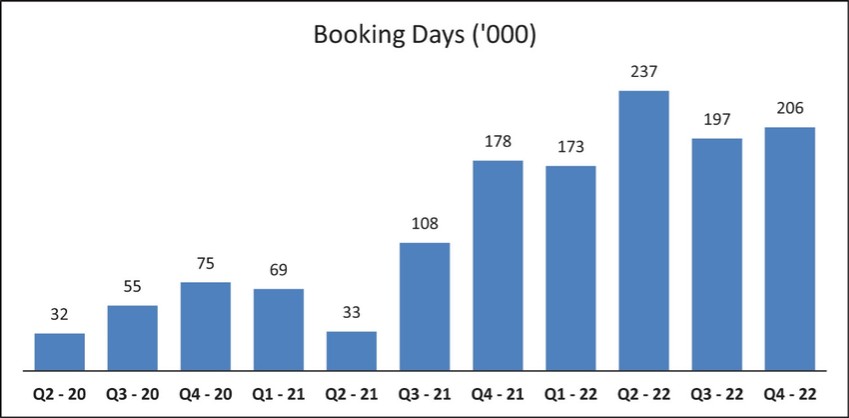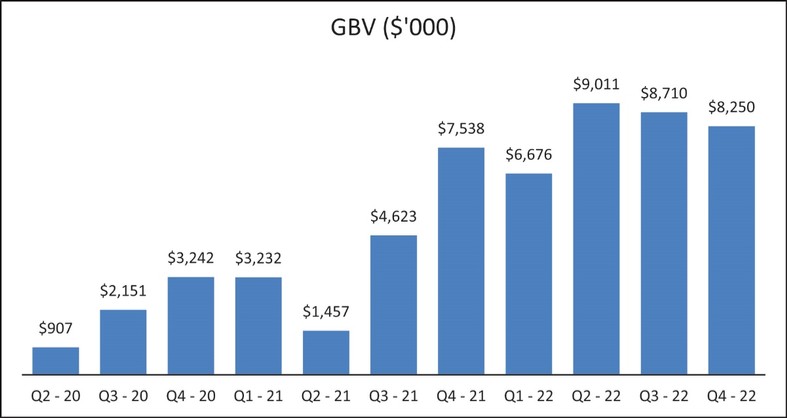“Sponsor” means Innovative International Sponsor I LLC, a Delaware limited liability company.
“Stockholder Earnout Shares” means 20 million shares of Purchaser Common Stock placed into the Earnout Escrow Account at the Closing.
“Stockholder Pro Rata Share” means with respect to each Company Stockholder, a fraction expressed a percentage equal to (i) the portion of the Stockholder Merger Consideration payable by the Purchaser to such Company Stockholder in respect of the shares of Company Stock held by such Company Stockholder in accordance with the terms of this Agreement, divided by (ii) the total Stockholder Merger Consideration payable by the Purchaser to all Company Stockholders in respect of the shares of Company Stock held by them in accordance with the terms of this Agreement.
“Subsidiary” means, with respect to any Person, any corporation, partnership, association or other business entity of which (a) if a corporation, a majority of the total voting power of shares of stock entitled (without regard to the occurrence of any contingency) to vote in the election of directors, managers or trustees thereof is at the time owned or controlled, directly or indirectly, by that Person or one or more of the other Subsidiaries of that Person or a combination thereof, or (b) if a partnership, association or other business entity, a majority of the partnership or other similar ownership interests thereof is at the time owned or controlled, directly or indirectly, by any Person or one or more Subsidiaries of that Person or a combination thereof. For purposes hereof, a Person or Persons will be deemed to have a majority ownership interest in a partnership, association or other business entity if such Person or Persons will be allocated a majority of partnership, association or other business entity gains or losses or will be or control the managing director, managing member, general partner or other managing Person of such partnership, association or other business entity. A Subsidiary of a Person will also include any variable interest entity which is consolidated with such Person under applicable accounting rules.
“Target Company” means each of the Company and its direct and indirect Subsidiaries.
“Tax” or “Taxes” means all direct or indirect federal, state, local, non-U.S. and other net income, gross income, gross receipts, capital gains, capital stock, sales, use, value-added, ad valorem, transfer, franchise, profits, production, license, lease, service, service use, withholding, payroll, employment, social security and related contributions due in relation to the payment of compensation to employees, excise, severance, stamp, occupation, premium, property, windfall profits, alternative minimum, estimated, escheat or abandoned property, customs, duties or other taxes, fees, assessments or charges in the nature of tax, together with any interest and any penalties, additions to tax or additional amounts with respect thereto.
“Tax Return” means any return, declaration, report, claim for refund, information return or other documents (including any related or supporting schedules, statements or information) filed or required to be filed in connection with the determination, assessment or collection of any Taxes or the administration of any Laws or administrative requirements relating to any Taxes.
“Trade Secrets” means any trade secrets, confidential business information, concepts, ideas, designs, research or development information, processes, procedures, techniques, technical information, specifications, operating and maintenance manuals, engineering drawings, methods, know-how, data, mask works, discoveries, inventions, modifications, extensions, improvements, and other proprietary rights (whether or not patentable or subject to copyright, trademark, or trade secret protection).
“Trademarks” means any trademarks, service marks, trade dress, trade names, brand names, internet domain names, social media identifiers, designs, logos, or corporate names (including, in each case, the goodwill associated therewith), whether registered or unregistered, and all registrations and applications for registration and renewal thereof.
“Transactions” means the transactions contemplated by this Agreement, including, but not limited to the Domestication and the Merger, but excluding any Private Financing.
“Trading Day” means any day on which shares of Purchaser Common Stock are actually traded on the principal securities exchange or securities market on which the Purchaser Common Stock are then traded.
“Trust Account” means the trust account established by the Purchaser with the proceeds from the IPO pursuant to the Trust Agreement in accordance with the IPO Prospectus.
